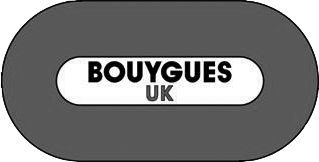Are Helical Piles Environmentally Friendly?
February 1, 2017 3:48 pmThere are several advantages to using a helical pile foundation to support your structure; they are quicker to install than typical concrete foundations, they have reduced overall costs and they are also more environmentally friendly than other options. Originally, helical piles were used around 200 years ago but as their benefits come to light, they are being used more and more in recent years. Helical piles are environmentally friendly and economical in many ways, making them a desirable option for a deep foundation.
Upon installation, helical piles produce less noise pollution than driven piles and there is very little (if any) vibration of the ground, which is quite important when installing in environmentally sensitive areas, such as historical sites or wetlands. This is because helical piles can be installed using non-disruptive equipment, that tends to be smaller, more convenient and more energy-efficient equipment than for other types of structuring. It is possible to even use hand-held equipment in areas of limited access. Concrete slabs, on the other hand, require a lot of cleared space and hefty equipment which can disturb the area quite significantly and make them a less desirable option.
Considering helical piles are installed using smaller/less equipment, fewer vehicle trips to the site mean there will be less traffic on the roads and therefore less pollution. What’s more, as a result of their light weight, using helical piles reduces the carbon footprint.
The ease of removing helical piles is almost comparable to the ease of the initial installation, which means minimal energy is used to recycle them. In fact, they are often actually made with partially recycled metals, such as steel, which can be reused repeatedly. Recycling is important to the environment because it reduces waste.
As helical piles become increasingly more popular, they are now recognised as the preferred choice for structural foundations.
Categorised in: Uncategorized




















